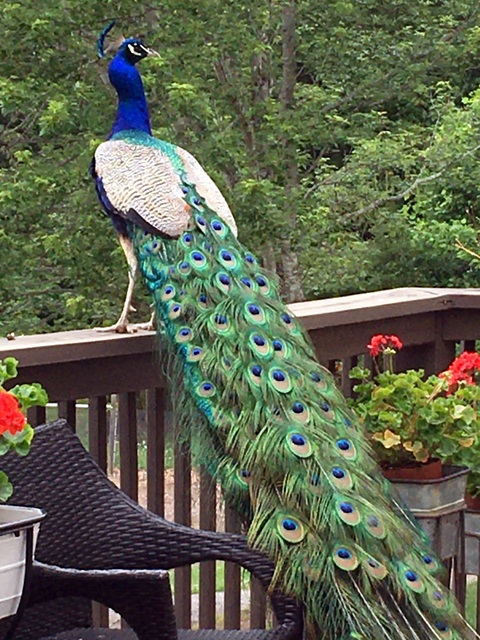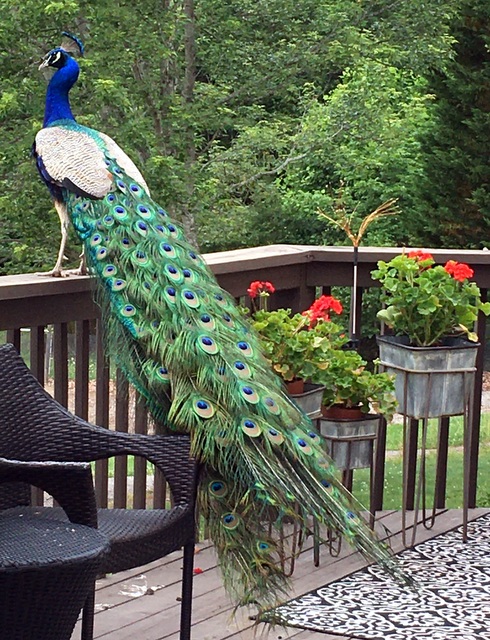The India Blue peacock, scientifically known as Pavo cristatus, has resplendent plumage and a majestic demeanor.
Renowned for their extravagant tails, India Blue peacocks possess a remarkable display of iridescent blue and green feathers. The male, or peacock, proudly flaunts his elaborate train, which can extend up to five feet in length. Each feather is adorned with eye-shaped patterns, known as ocelli, creating a mesmerizing visual spectacle. During mating rituals, the peacock fans out his tail and dances gracefully, attracting the attention of peahens, who evaluate the potential mate based on the quality of his display.
These magnificent birds are native to the Indian subcontinent, where they are deeply ingrained in the country's culture and mythology. In Indian folklore, the peacock symbolizes immortality, grace, and protection, often associated with gods and goddesses. Their presence in ancient Indian art and architecture further exemplifies their significance in the cultural heritage of the region.
Moreover, India Blue peacocks exhibit remarkable sexual dimorphism. While the males showcase their extravagant plumage, the females, known as peahens, possess more subdued feathers with shades of brown and gray. This striking contrast highlights the natural diversity within the species and emphasizes the evolutionary importance of attraction and courtship.
In addition to their aesthetic appeal, India Blue peacocks contribute to the ecosystem by controlling pest populations. Their diet consists of insects, small reptiles, and vegetation, making them valuable allies in maintaining ecological balance.*
*ChatGPT assisted with the latter portion of this blog post.






That is one gorgeous bird!
ReplyDeleteI've never been up close with a peacock--how stunning!
ReplyDelete